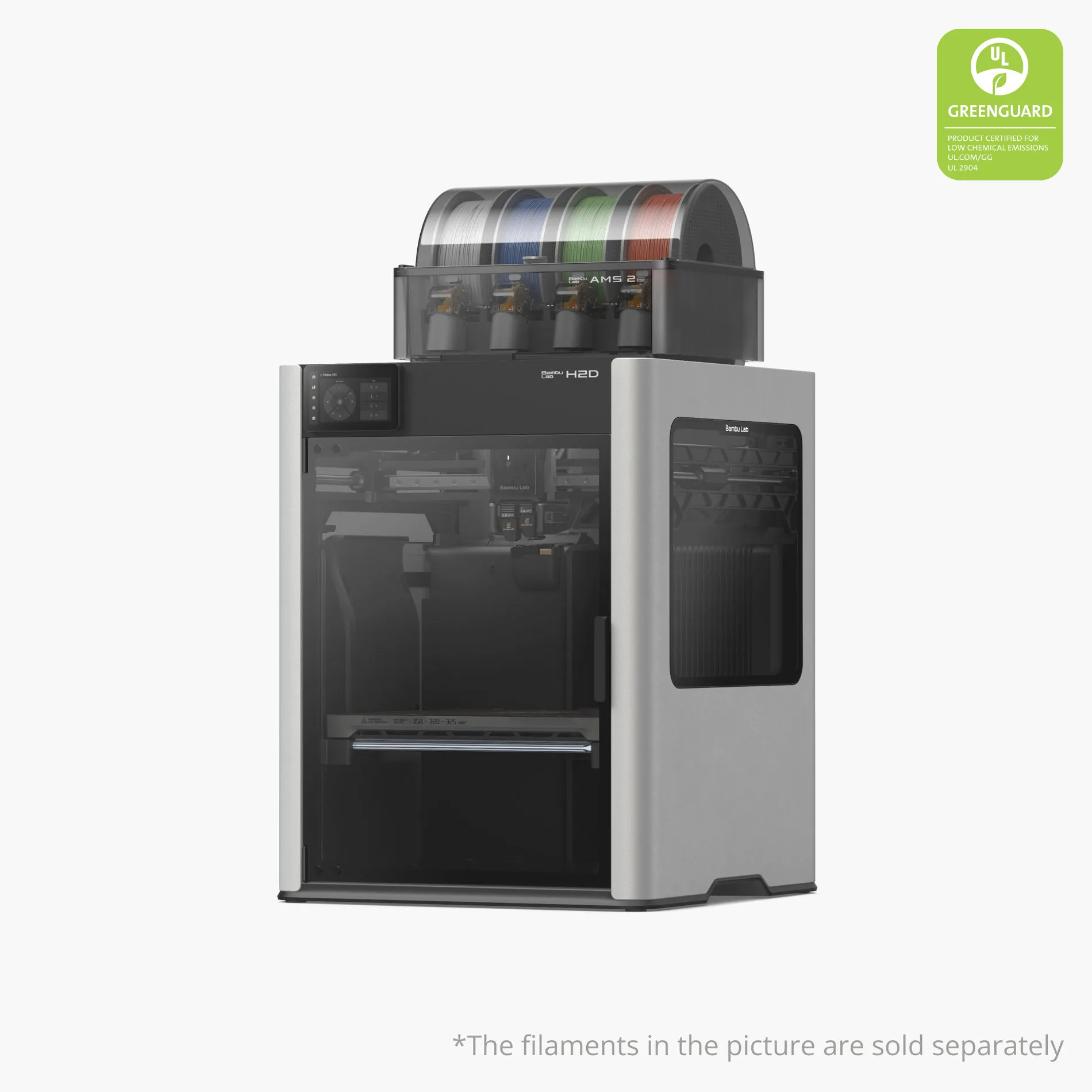Right, gather round folks, because today we’re diving headfirst into something truly magnificent, something that’s shaking up the 3D printing landscape faster than a cat chasing a laser pointer: the Bambu Lab H2D. If you’ve been anywhere near the additive manufacturing scene, you’ll know Bambu Lab isn’t just another name; they’re the disruptors, the innovators, the ones who made us all squint at our old FDM printers and wonder if we were still in the Stone Age. And the H2D? It’s their latest, greatest, and arguably most ambitious leap yet.

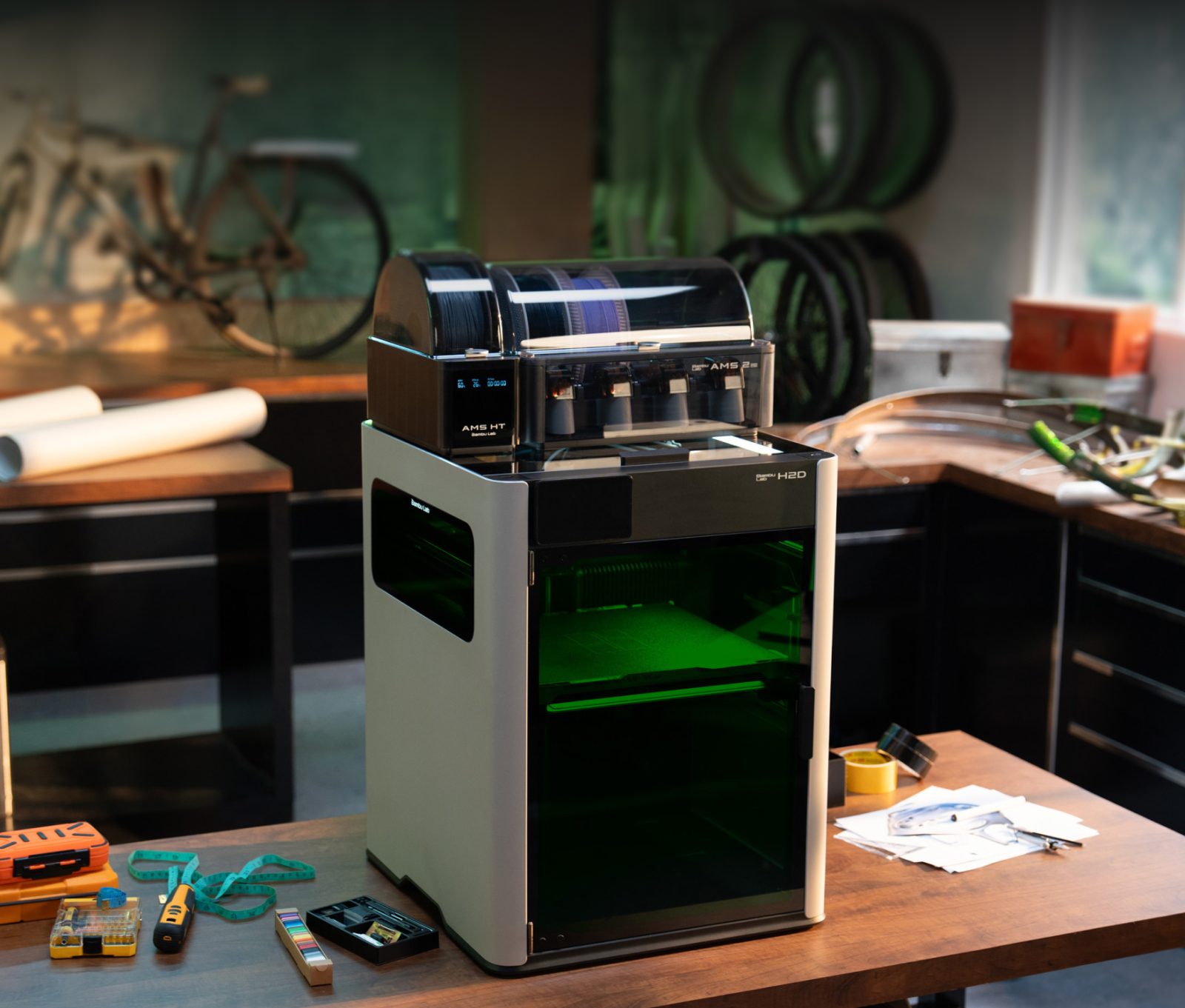
As a product reviewer, I’ve had my fair share of gadgets cross my desk, from the mundane to the truly mind-blowing. The Bambu Lab H2D falls squarely into the latter category. It’s not just an upgrade; it’s a re-imagining of what a consumer-grade 3D printer can achieve. Forget everything you thought you knew about fiddly multi-material setups or painfully slow large prints. The H2D wants to change that narrative, and from what I’ve seen and gathered, it largely succeeds.
First Impressions: A Glimpse of the Future
Pulling the H2D out of its packaging feels a bit like unearthing a piece of high-tech art. It’s imposing, certainly larger than its X1 Carbon predecessor, but it carries a purposeful, industrial elegance. This isn’t a printer designed to blend into the background; it’s designed to be the centrepiece of your workshop or creative space. The build quality, as you’d expect from Bambu Lab, is impeccable. Every panel, every joint, every moving part screams precision engineering. It’s clear from the outset that this machine is built to last, to endure countless hours of high-speed printing.

The increased footprint is immediately noticeable. With a generous build volume of 350 x 320 x 325 mm, the H2D opens up a world of possibilities for larger projects that were previously out of reach for many desktop machines. Of course, when you’re pushing those dual nozzles to their limits, the printable X-axis shrinks ever so slightly to 300-325mm, but that’s a minor concession for the enormous benefits you gain.
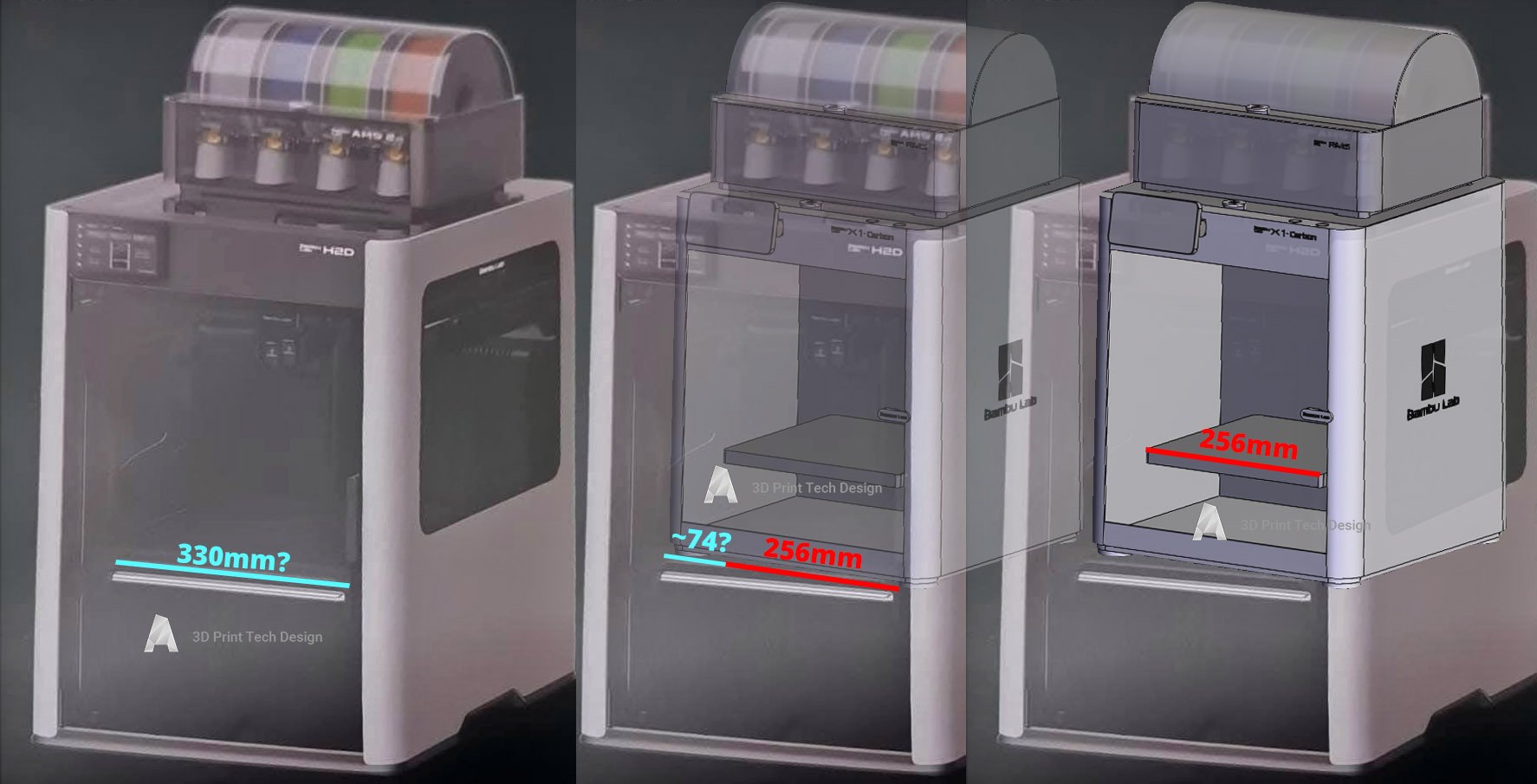

The Dual-Nozzle Advantage: A Symphony of Materials
Now, let’s talk about the star of the show: the dual-nozzle hotend. This isn’t just a gimmick; it’s a genuine paradigm shift. The ability to seamlessly switch between two different filaments mid-print, or even print simultaneously with distinct materials, is transformative. Imagine printing a model with a robust, functional main body and intricate, easily removable support structures from a different, dissolvable material. Or perhaps a stunning two-colour print without the headaches of manual filament changes or the dreaded colour bleed.
The H2D truly shines here, making multi-material printing not just feasible, but genuinely enjoyable. It’s particularly adept with flexible materials like TPU, allowing for intricate designs with varied properties within a single print. This dual-head system also drastically reduces filament waste and cross-contamination, which is a significant win for both your wallet and the environment. For serious makers and small businesses looking to offer diverse, high-quality products, this feature alone could justify the investment.
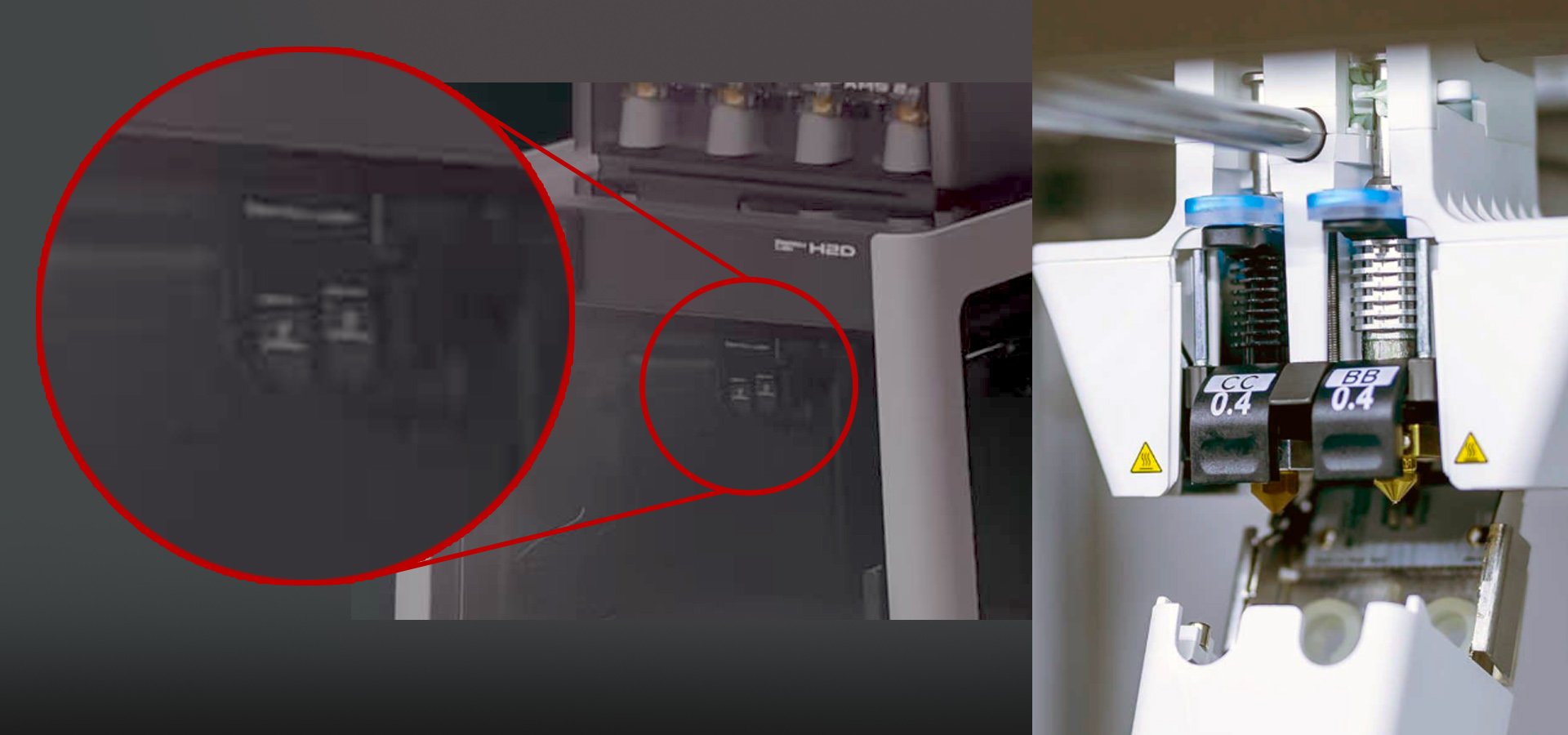
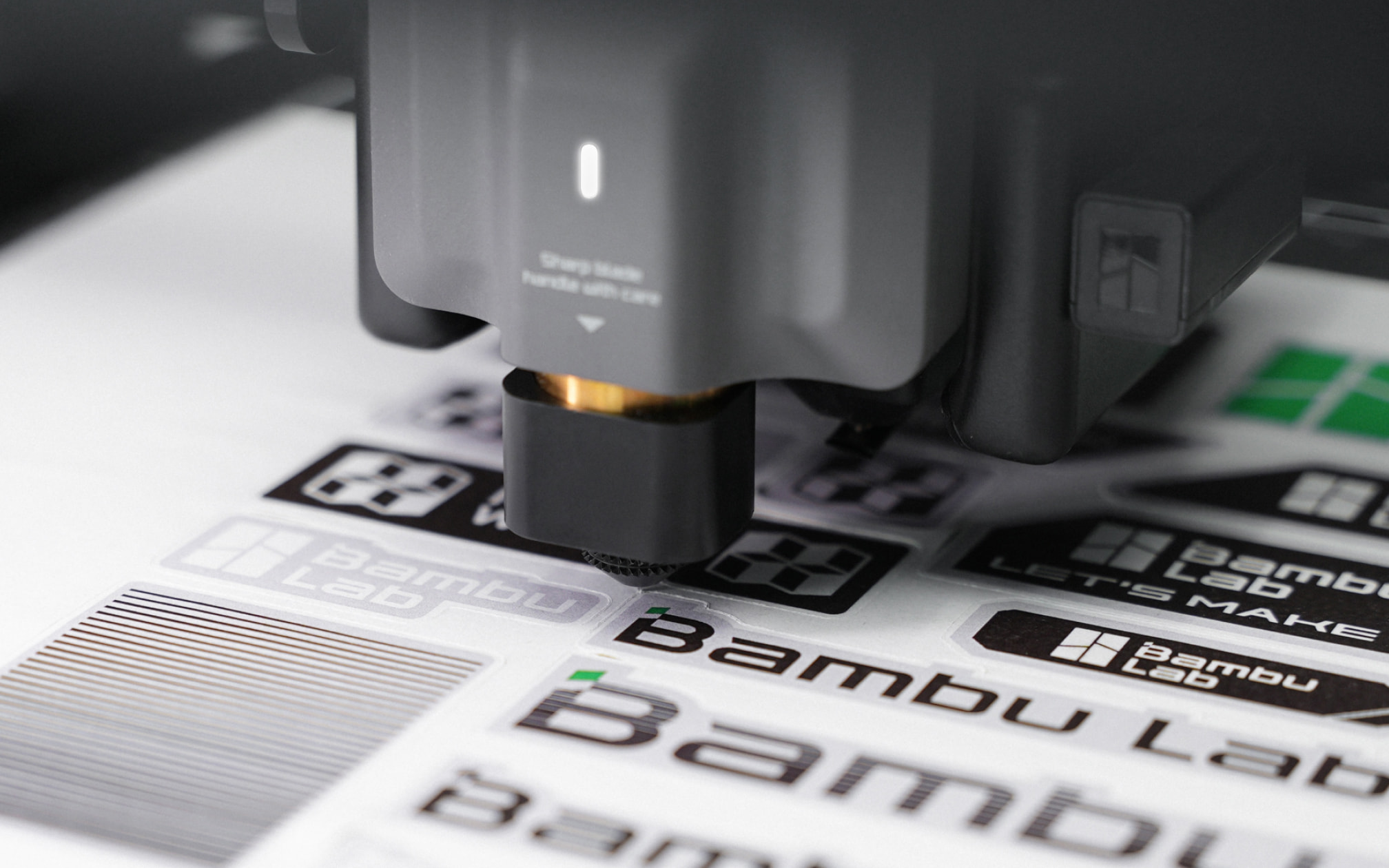
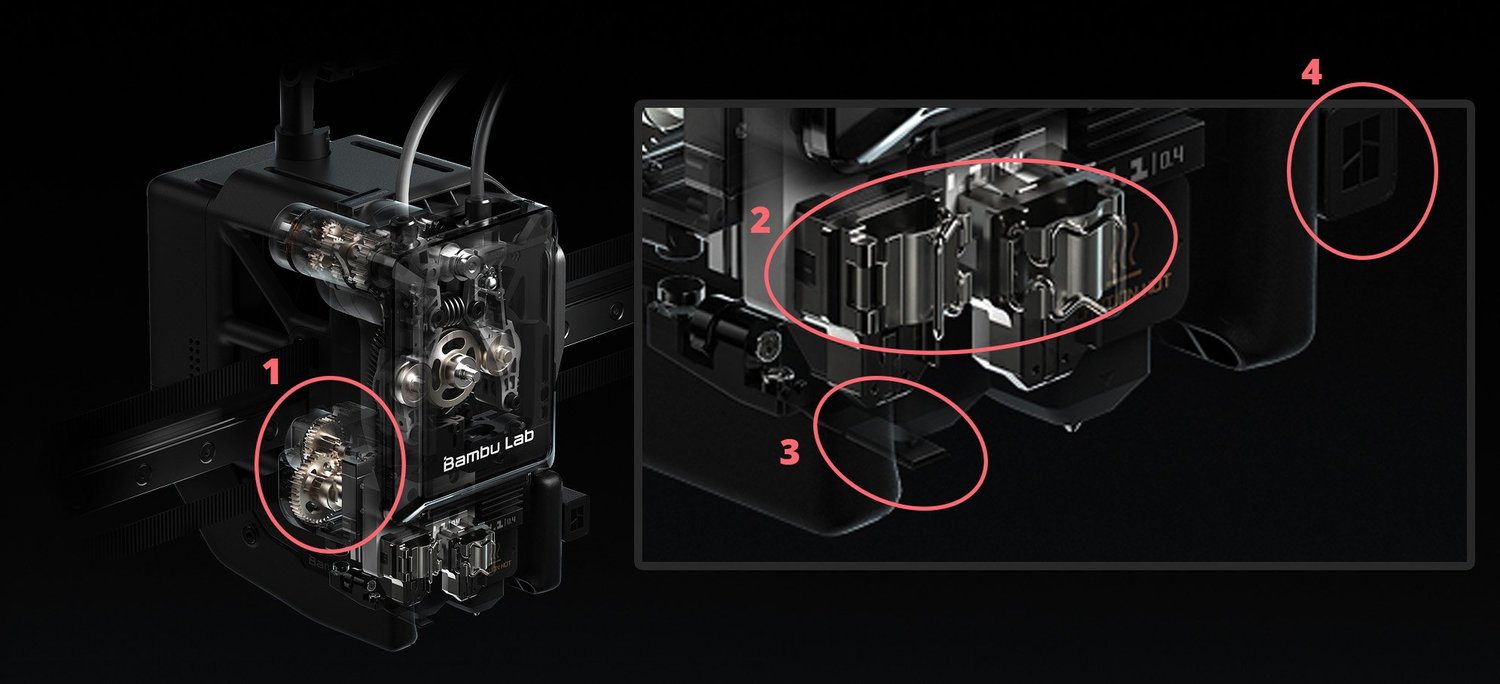
Blazing Speed Meets AI-Powered Precision
Bambu Lab made its name with speed, and the H2D doesn’t disappoint. While it might be fractionally slower than the lean, mean X1 Carbon on paper due to its larger moving mass, the overall workflow enhancements more than compensate. We’re talking about AI-powered precision that actively monitors and adjusts prints in real-time, minimising errors and maximising output quality. This isn’t just about printing fast; it’s about printing fast and *right*, every single time.
The print quality is, to put it mildly, excellent. Fine details are rendered with astonishing clarity, and layer lines are almost imperceptible. Whether you’re crafting intricate miniatures, functional prototypes, or artistic pieces, the H2D delivers results that consistently impress. It’s a testament to the integrated approach of Bambu Lab – hardware and software working in perfect harmony to produce stunning outcomes.
The Heated AMS: A Game Changer for Advanced Filaments
No discussion of the H2D would be complete without a deep dive into the Automated Material System (AMS). On the H2D, the AMS gets a crucial upgrade: heating and drying functionality. This might sound minor, but for anyone who’s struggled with moisture-laden filaments, it’s revolutionary. Engineering-grade materials like Nylon, ABS, or PC are notoriously hygroscopic, absorbing moisture from the air and leading to brittle prints, stringing, and clogs. The heated AMS tackles this head-on, ensuring your filaments are always in prime condition. This translates directly to superior print quality and reliability, especially when tackling challenging materials.
The new Dynasense servo motor also deserves a shout-out. This clever piece of engineering offers even finer control over filament flow, further enhancing print consistency and reducing the chances of under-extrusion or blobbing. It’s these subtle, yet significant, innovations that truly set the H2D apart from its competitors.
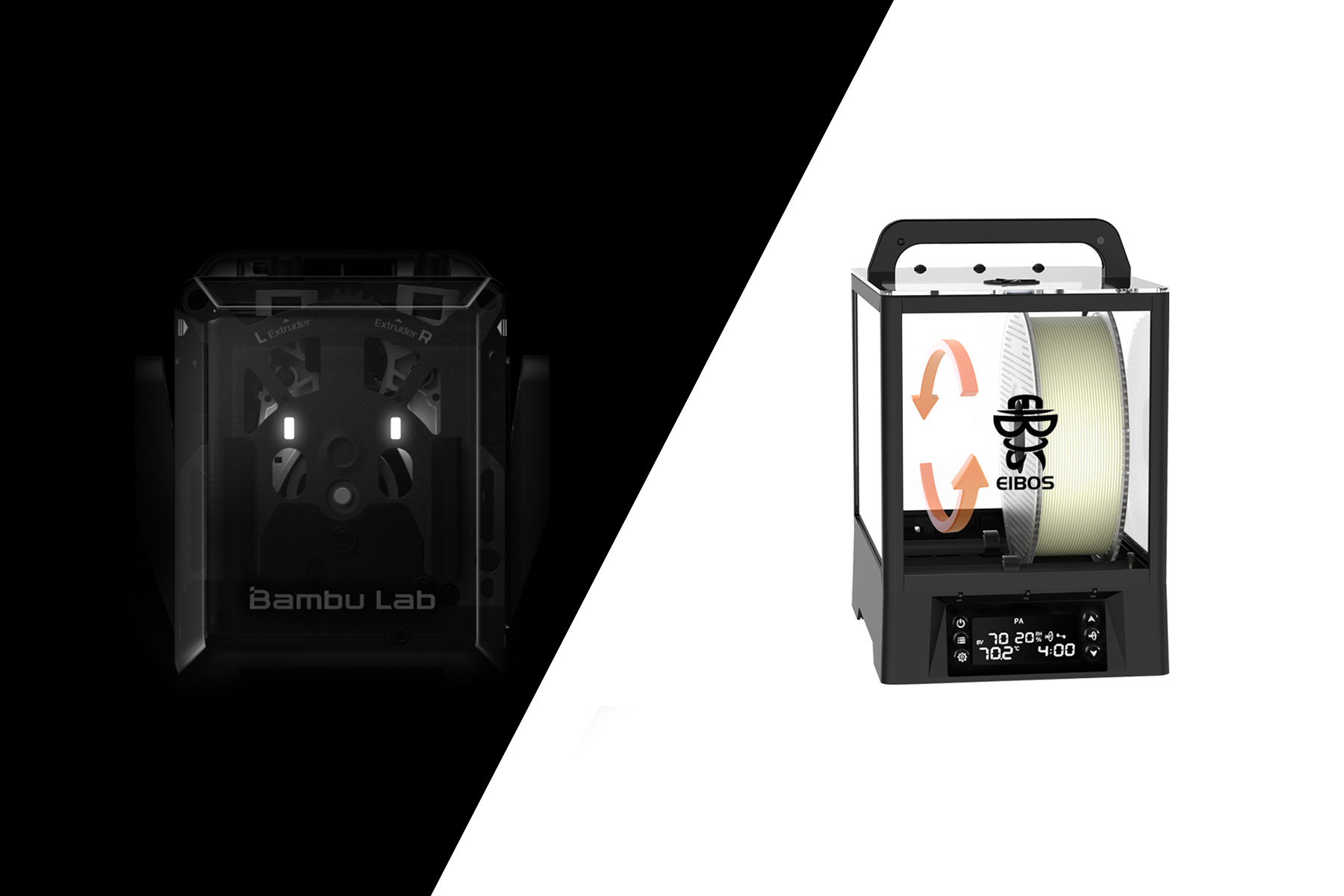
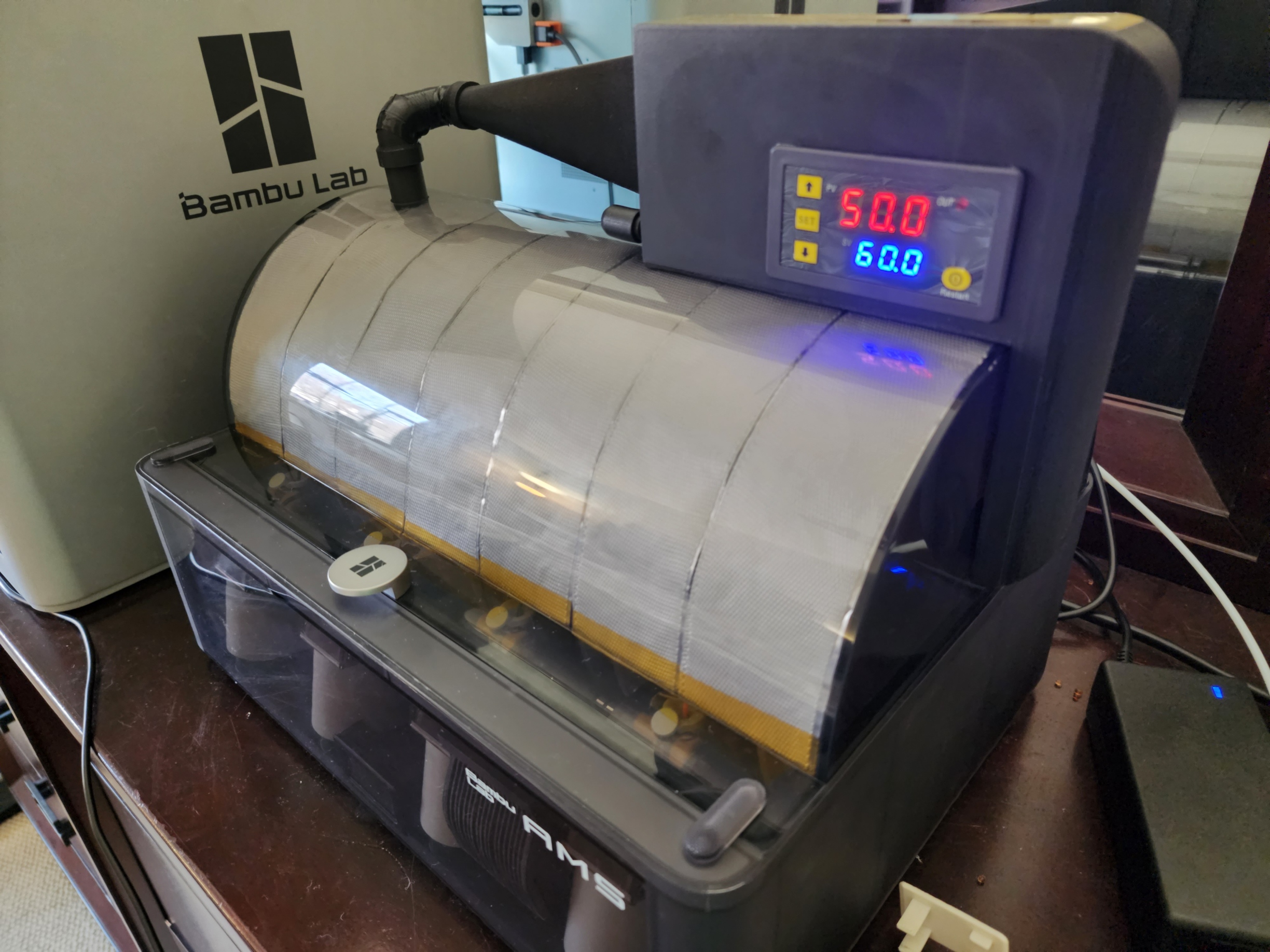
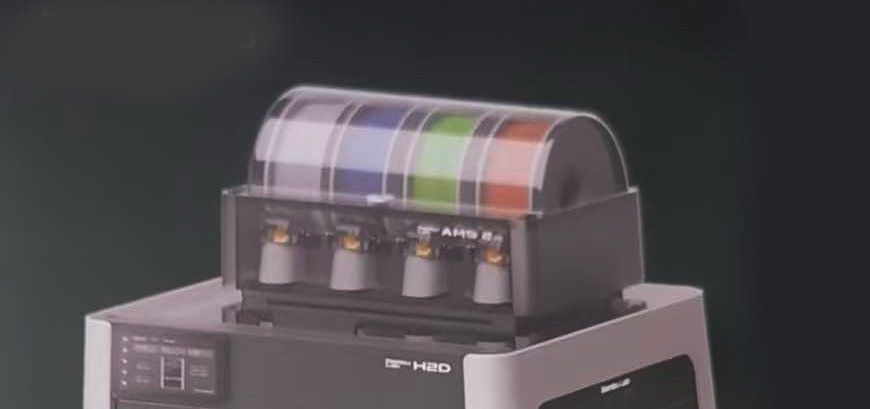
Beyond Printing: Your Personal Manufacturing Hub
The Bambu Lab H2D isn’t just a 3D printer; it’s marketed as an “all-in-one personal manufacturing hub,” and for good reason. With optional upgrades, this machine can transform into a laser engraver, a cutter, or even a plotter. This multi-functionality is a powerful proposition for small businesses, educators, or serious hobbyists who need versatility without cluttering their workspace with multiple machines. Imagine designing a bespoke product, 3D printing its components, then laser-etching your logo onto a finished part, all from one ecosystem. The possibilities are genuinely exciting.
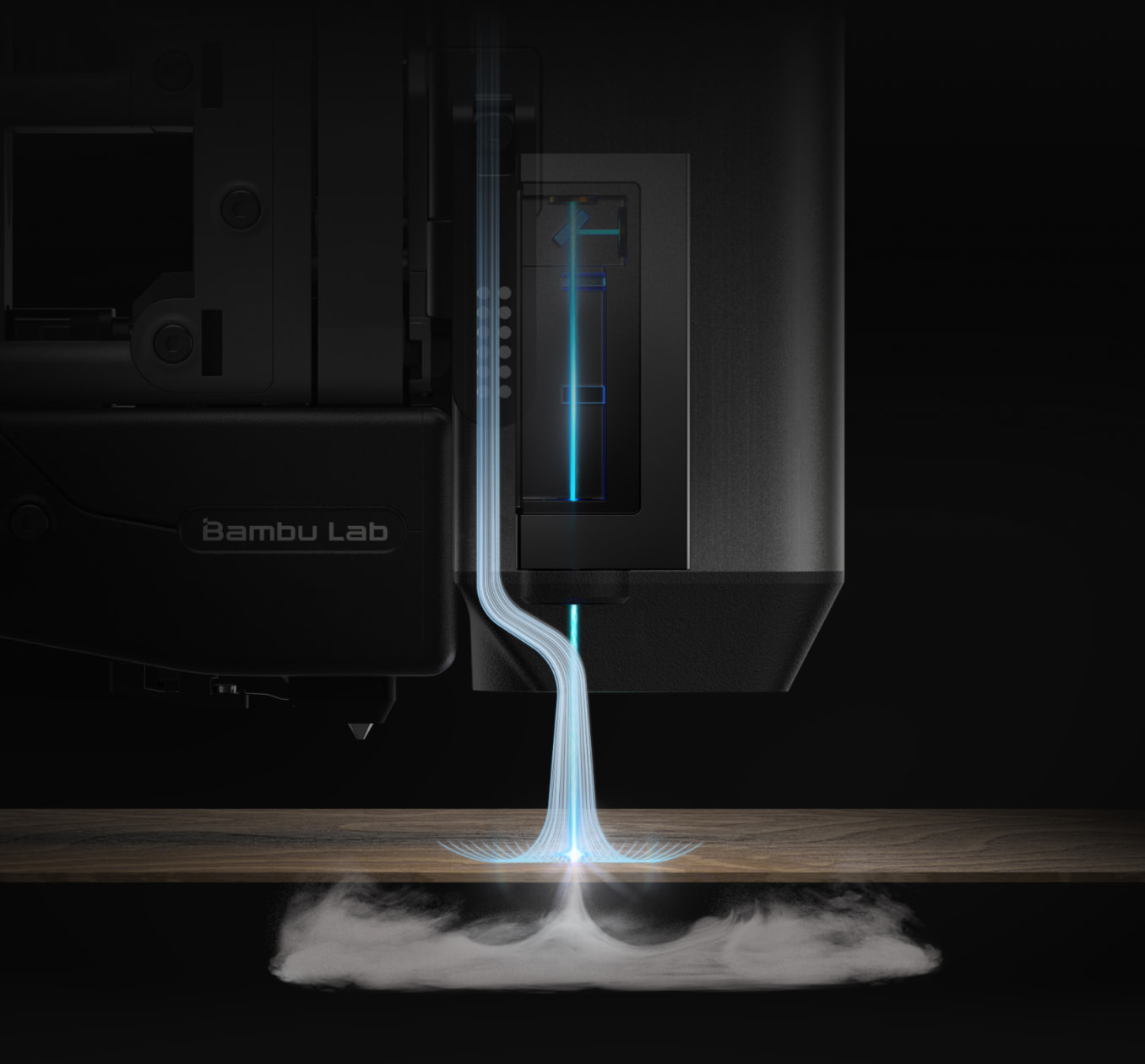

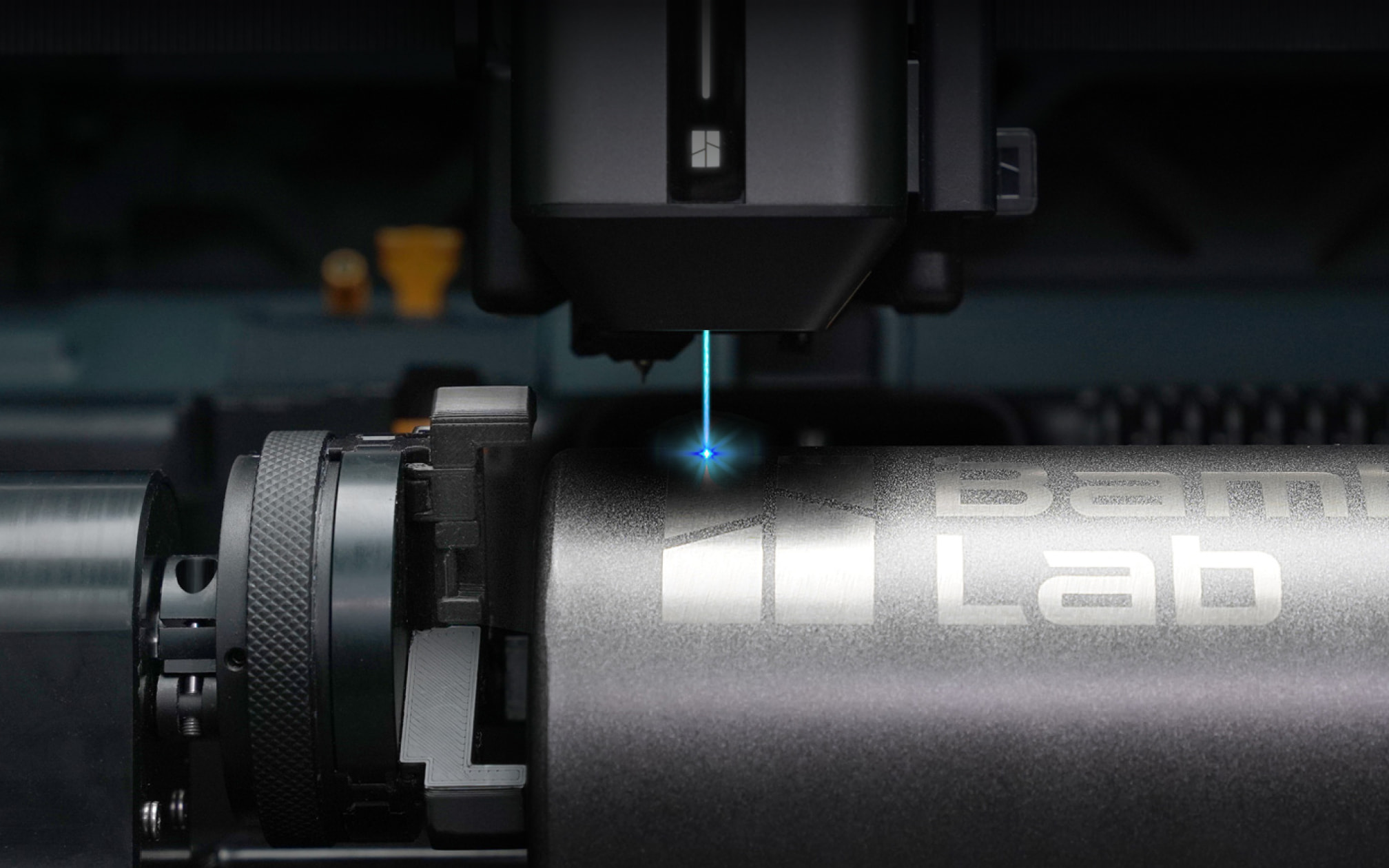
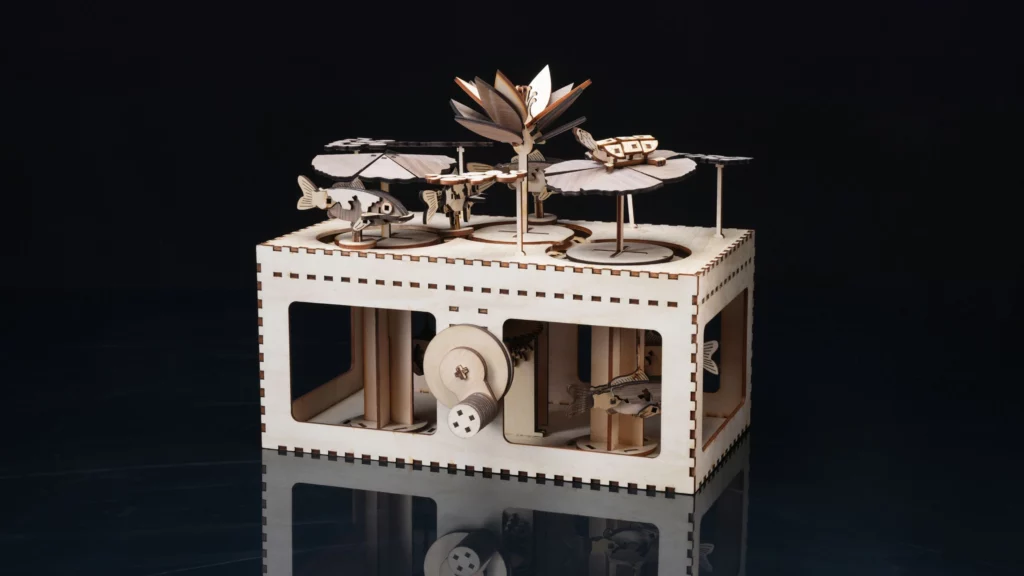
The Software Experience: Bambu Studio Reimagined
A great printer needs great software, and Bambu Lab has poured significant effort into refining Bambu Studio. The overhaul is impressive, with intuitive visual representations of the printer and build plate making it a joy to use. Managing complex print settings, multi-material configurations, and support structures has never been easier. The inclusion of a filament-saving mode is a thoughtful touch, further reducing waste and optimising your material consumption. It’s a powerful, yet accessible, slicer that caters to both novices and seasoned pros.
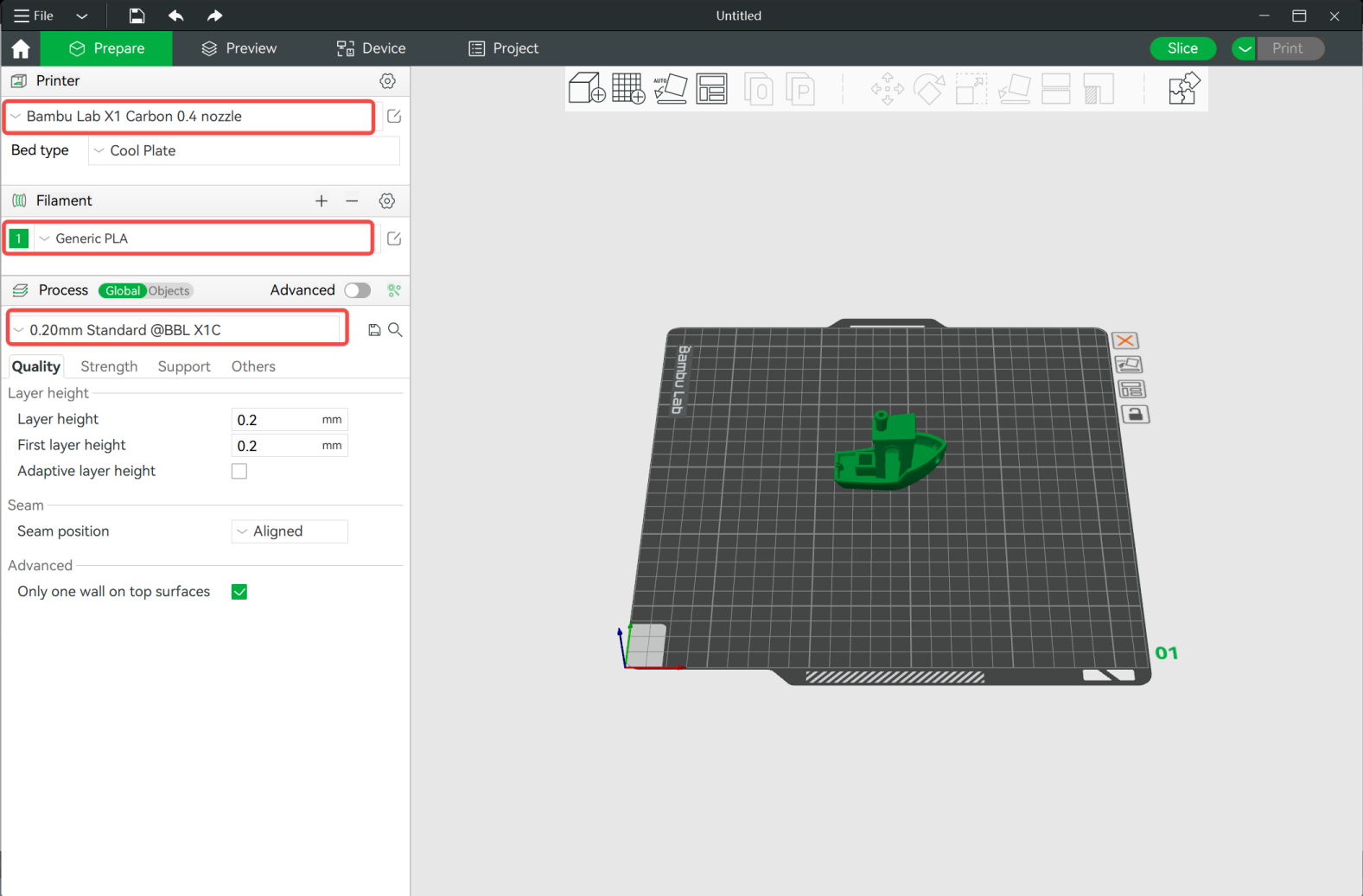
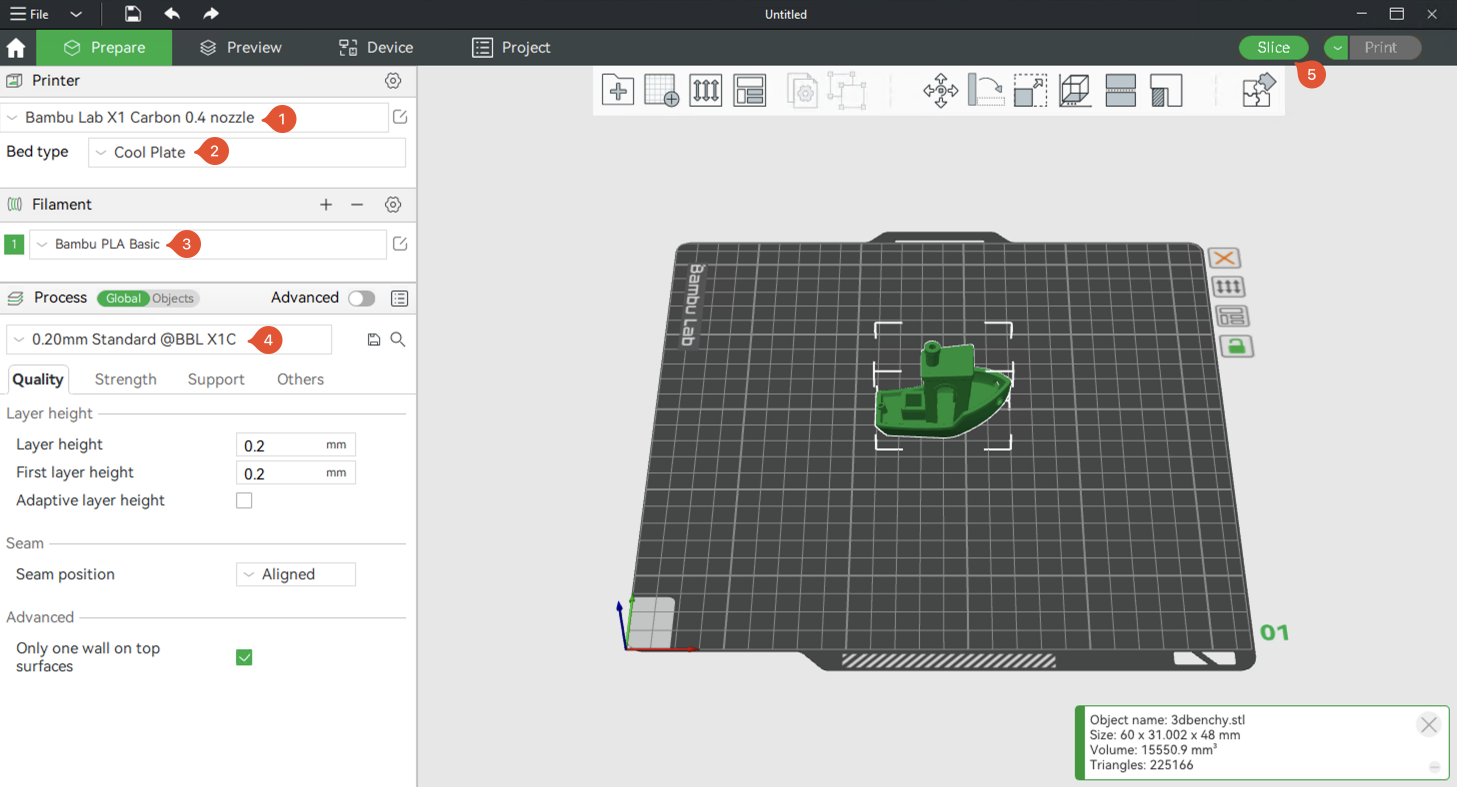

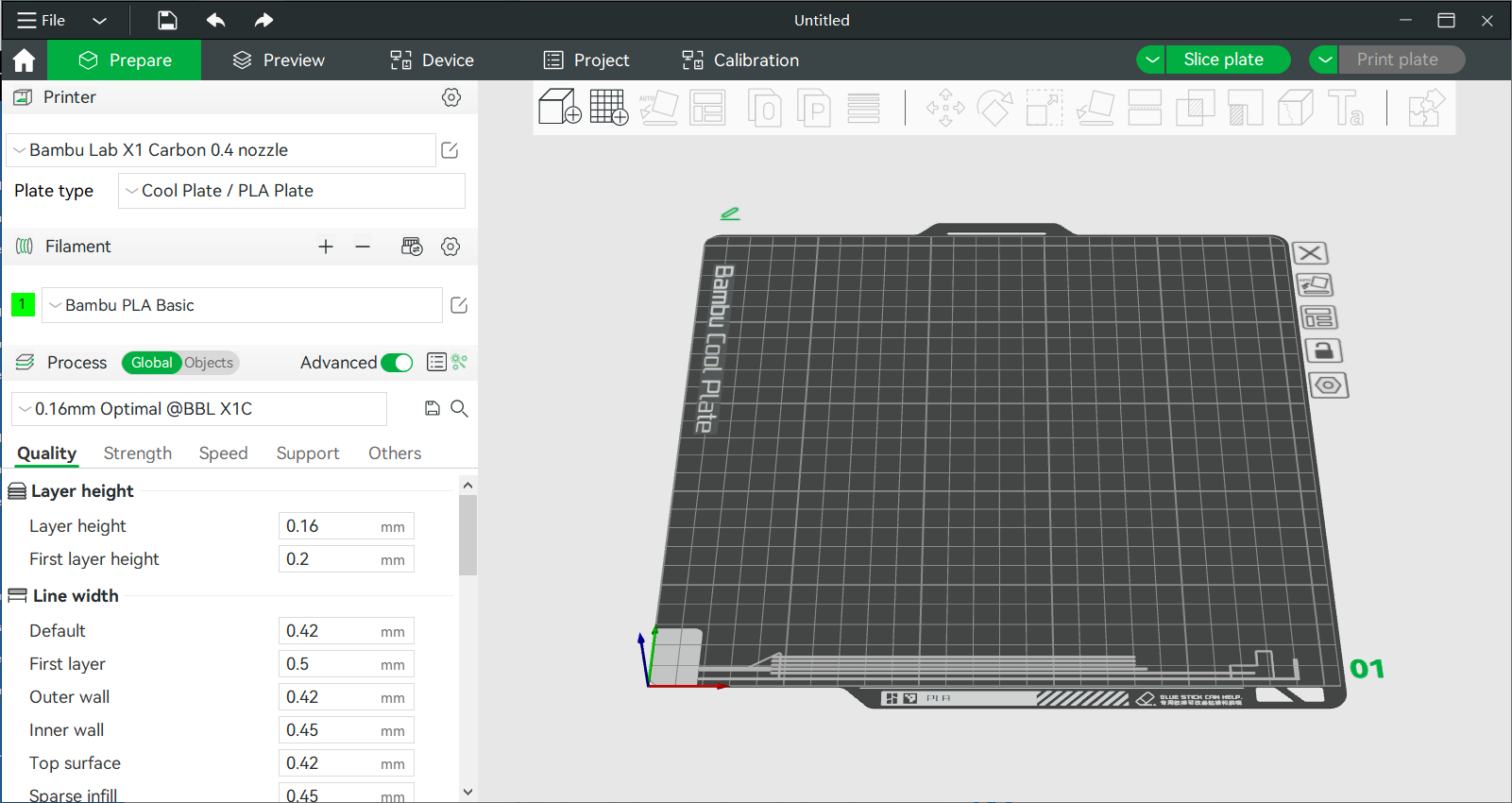
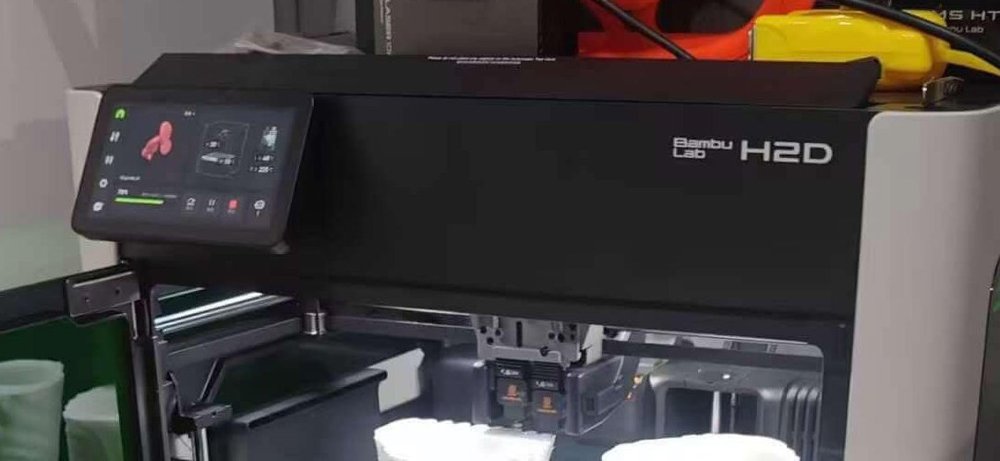
The ‘Walled Garden’ and Other Considerations
No product is perfect, and it’s important to address the nuances. The H2D, like other Bambu Lab machines, operates within a somewhat proprietary ecosystem – what some affectionately (or not so affectionately) call a “walled garden.” While this integration ensures seamless performance and a user-friendly experience, it means less open-source flexibility compared to some other brands. For most users, this won’t be an issue, as the benefits of the integrated system far outweigh the minor limitations. However, it’s something to be aware of if you’re a tinker-happy individual who loves to dive deep into firmware and hardware modifications.
A few minor points noted in some aggregated reviews include occasional weak spots or partial failures on very large prints, and some sensitivity with PLA support material if it’s not perfectly dry. These seem to be infrequent occurrences and likely addressable with software updates or further fine-tuning of print profiles. Compared to the overall robust performance, these are minor quibbles.
Value for Money: Is the H2D Worth the Investment?
The Bambu Lab H2D is a premium machine, and its price tag reflects that. While exact GBP pricing can fluctuate, expect this to be a significant investment for a serious hobbyist or small business. However, when you weigh its capabilities – the dual-nozzle system, the expansive build volume, the heated AMS, the speed, the precision, and the multi-functional upgrade paths – the value proposition becomes incredibly compelling. For those who need reliable, high-quality, multi-material printing capabilities, especially at scale, the H2D is not just a purchase; it’s an investment in increased productivity and expanded creative potential. It compares very favourably to high-end alternatives like the Prusa XL (especially if you primarily use two or fewer filaments) and the Creality K2 Plus, often offering a more polished and user-friendly experience.
The Verdict: A New Benchmark for 3D Printing
The Bambu Lab H2D is, without a doubt, an exceptional piece of engineering. It builds upon the groundbreaking success of its predecessors and pushes the boundaries of what’s possible with desktop 3D printing. It’s fast, precise, incredibly versatile, and remarkably easy to use for such an advanced machine. For serious crafters, product designers, small manufacturing operations, or anyone looking to truly elevate their 3D printing game, the H2D represents a significant leap forward. It’s a powerful, professional-grade tool disguised as a consumer machine, and it sets a new benchmark for what we can expect from our 3D printers. Highly recommended.
This aggregated review summary is based on the following:
- Tom’s Hardware Review of Bambu Lab H2D
- All3DP Review of Bambu Lab H2D
- YouTube: Teaching Tech Review of Bambu Lab H2D
- YouTube: Maker’s Muse Review of Bambu Lab H2D (300 hours print time)
- TechRadar Review of Bambu Lab H2D
